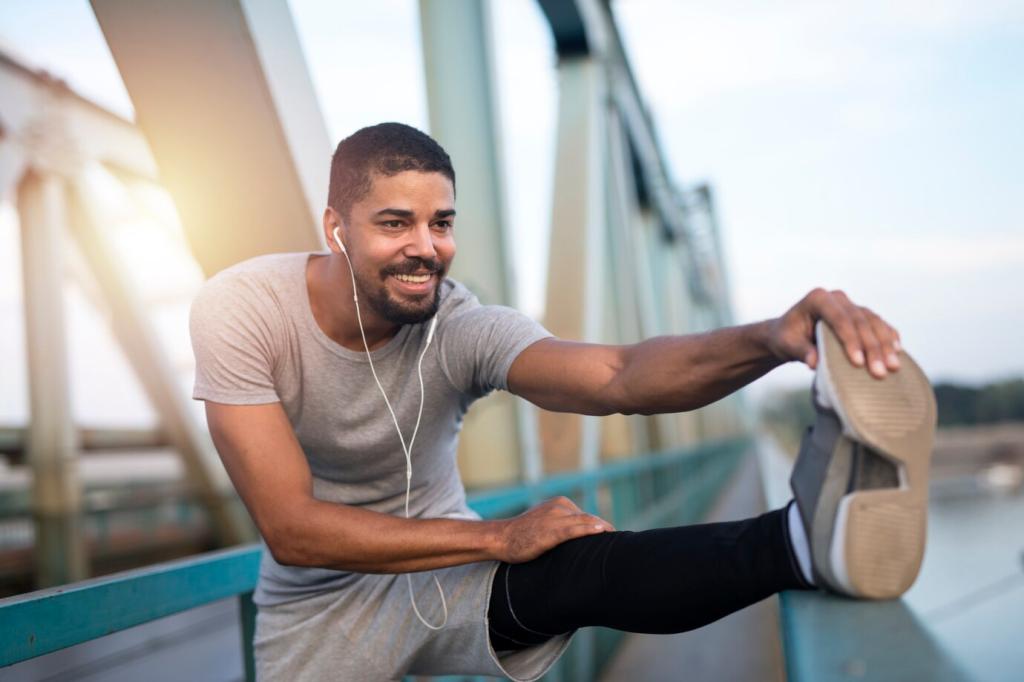Time-Efficient Fitness Routines
Achieving your health and fitness goals doesn’t always require hours at the gym or long, grueling workout sessions. With the right approach, you can maximize results in minimal time by focusing on efficient, intentional routines. Whether you have a packed schedule or simply want to get more out of shorter workouts, time-efficient fitness routines offer an effective pathway to improved strength, endurance, and overall wellbeing. This page explores key strategies, practical routines, and the mindset shifts required to help you harness the power of focused, high-impact exercise—even when life gets busy.

Embracing Efficiency in Fitness
Prioritizing Quality Over Quantity
Many people believe that a longer workout automatically translates to superior results, but in reality, the quality and structure of your routine matter far more. Time-efficient routines are built on exercises that deliver maximum impact in minimum time—think compound movements, circuits, or high-intensity intervals. By emphasizing precision, proper form, and purposeful movement, you can stimulate muscle growth and cardiovascular health without dragging your sessions on. Cutting out distractions, minimizing rest, and keeping your focus sharp are essential for making short workouts more potent than ever.

Maximizing Results with HIIT Workouts
Fundamentals of HIIT Programming
A successful HIIT routine hinges on structured intervals of exertion and recovery. For example, a basic round might involve 30 seconds of all-out effort—such as sprinting or burpees—followed by 30 to 60 seconds of rest. These cycles are repeated for as little as 15 to 20 minutes, making HIIT a go-to for busy individuals. Proper warm-up and cool-down periods are crucial to mitigate injury risk and enhance recovery. The versatility of HIIT means it can be tailored for various fitness levels and goals, using bodyweight, resistance, or cardio movements to keep sessions dynamic.


Benefits Beyond Time Savings
The rapid, demanding nature of HIIT delivers a host of physiological benefits, beginning with increased calorie burn both during and after workouts—a phenomenon known as excess post-exercise oxygen consumption. Regular HIIT training has been shown to improve aerobic capacity, insulin sensitivity, and cardiovascular health, often more effectively than traditional lower-intensity, longer-duration activities. Its adaptability ensures that stagnation is avoided, and motivation remains high, as the intensity challenges both body and mind every time.
Designing the Perfect Quick Routine
01
A powerful time-efficient routine typically combines a warm-up, a series of compound or dynamic exercises, and a brief cool-down. By stacking movements that work the entire body, you stimulate more muscle fibers and increase energy expenditure in less time. For instance, pairing upper and lower body movements back-to-back (such as push-ups with lunges) maximizes efficiency. Managing rest periods consciously—keeping them brief but sufficient—helps to sustain performance without extending the total workout duration unnecessarily.
02
Progress is fueled by adaptation, so it’s important to continually challenge yourself within the time you have. This might mean increasing resistance, reducing rest intervals, modifying movement patterns, or adding more rounds as your fitness improves. Time-efficient routines are not static; they should evolve with your capabilities, ensuring ongoing gains. Tracking performance and setting small, achievable goals for each session—such as completing a few extra reps or maintaining better form—reinforces forward momentum and keeps you motivated.
03
A hallmark of the most effective routines is a balance between intensity, flexibility, and recovery. Even brief workouts should include elements that promote mobility and muscle relaxation, such as dynamic stretches at the start and cooldown movements at the end. Strategic rest days and recovery sessions not only prevent injury but also increase your capacity to perform at high intensity over the long term. Listening to your body and adjusting sessions accordingly is vital—making time-efficient fitness sustainable and, ultimately, more rewarding.
